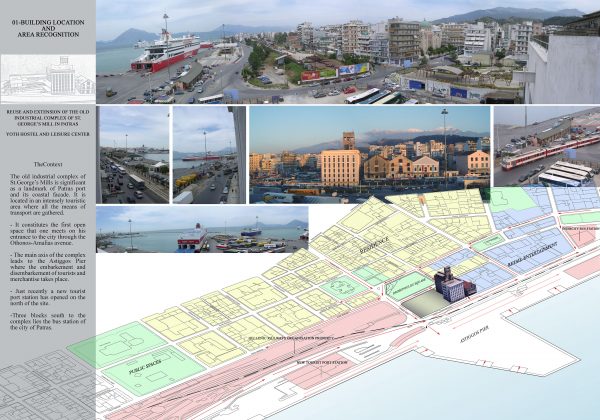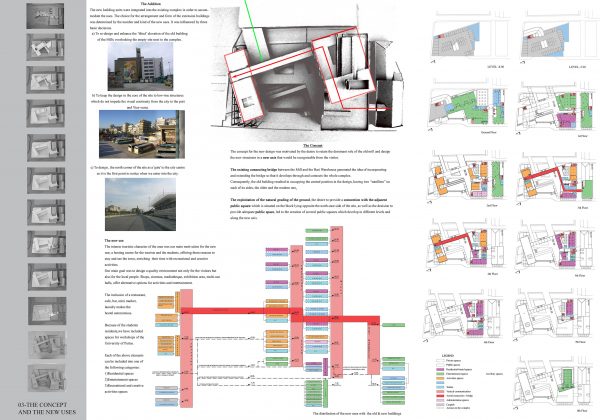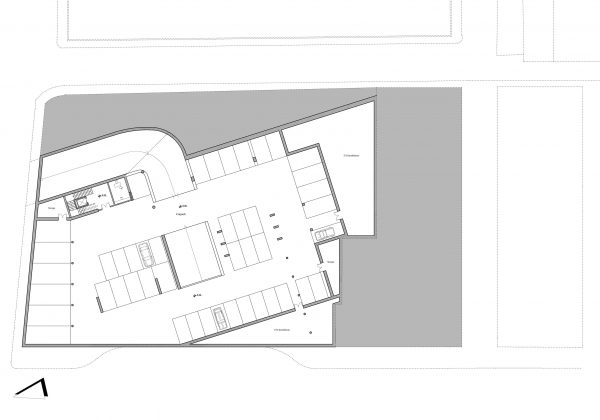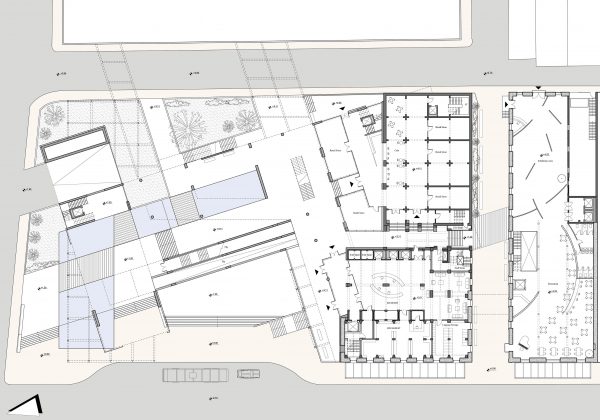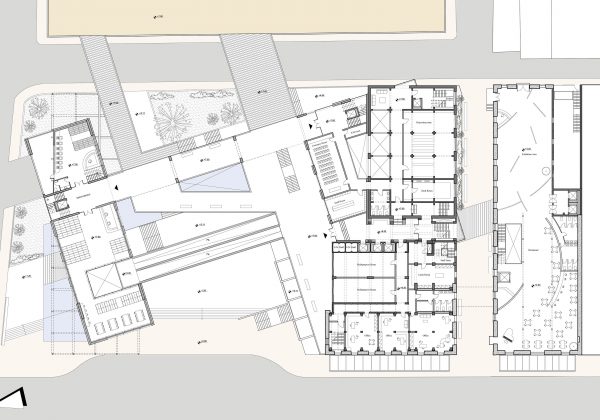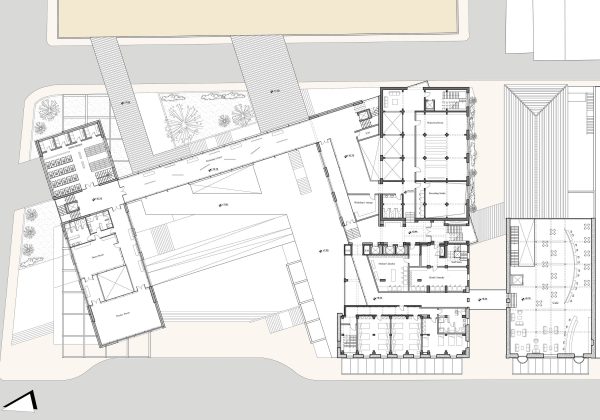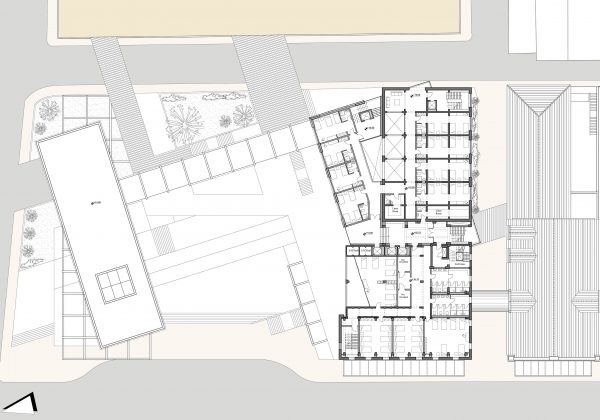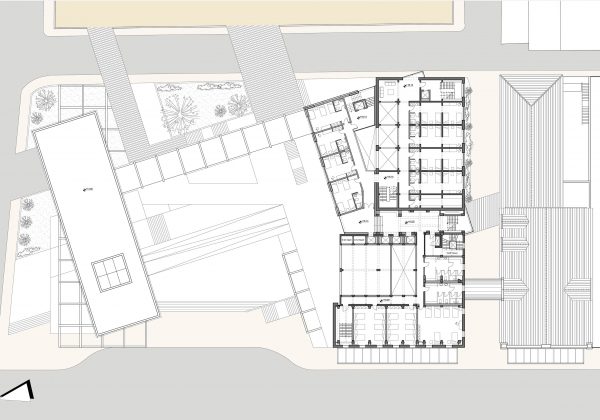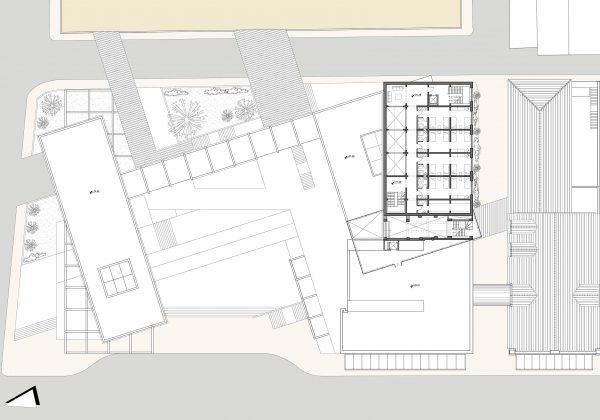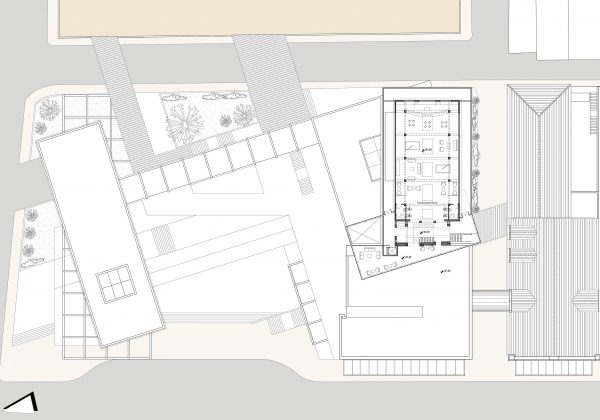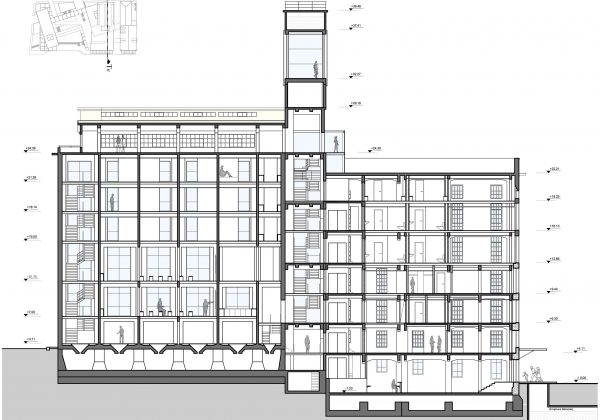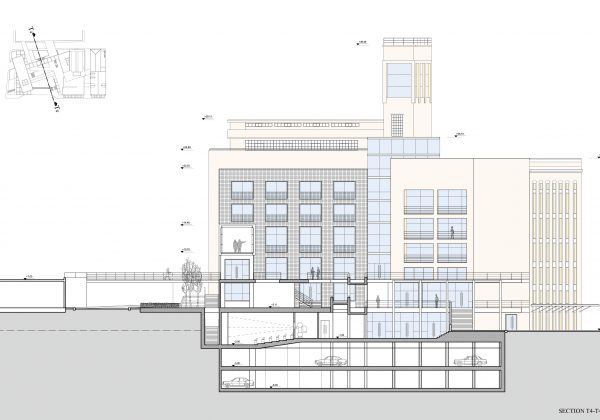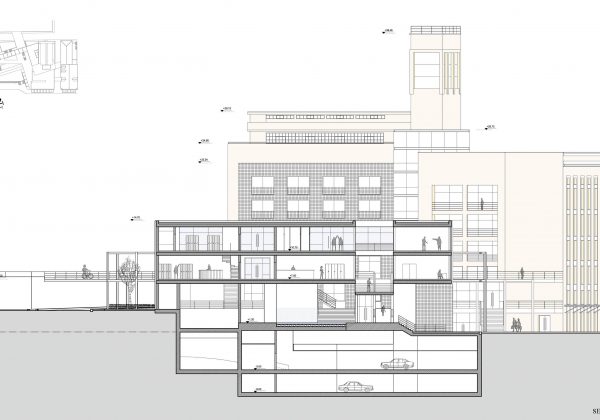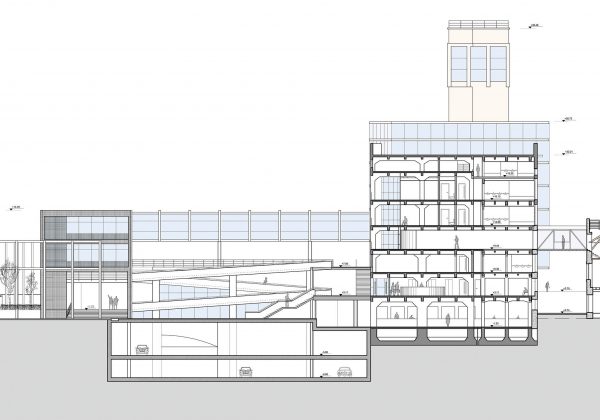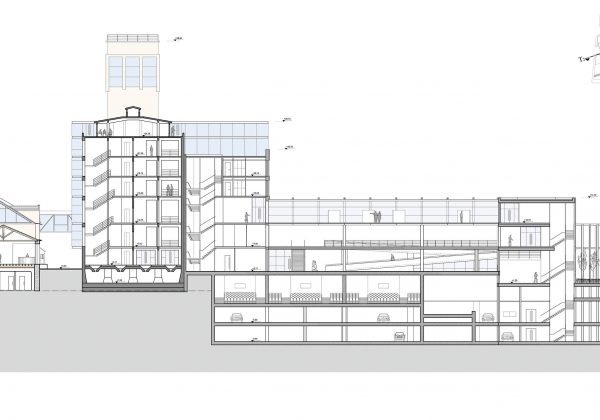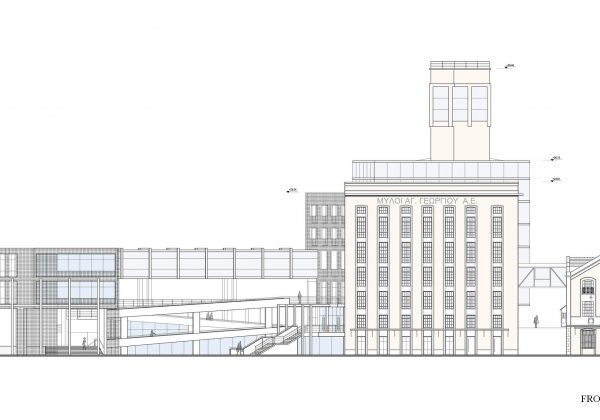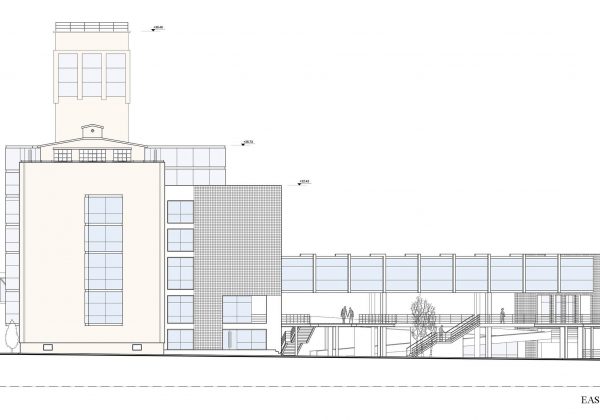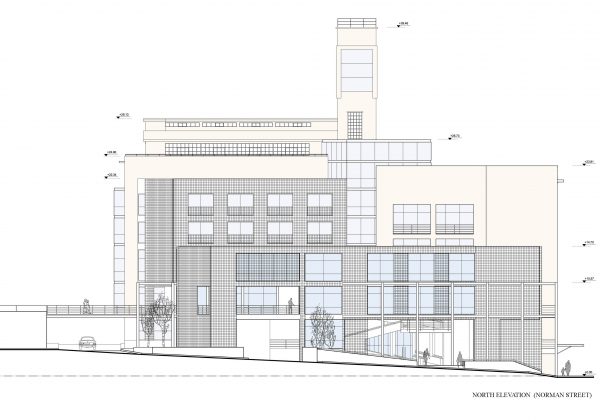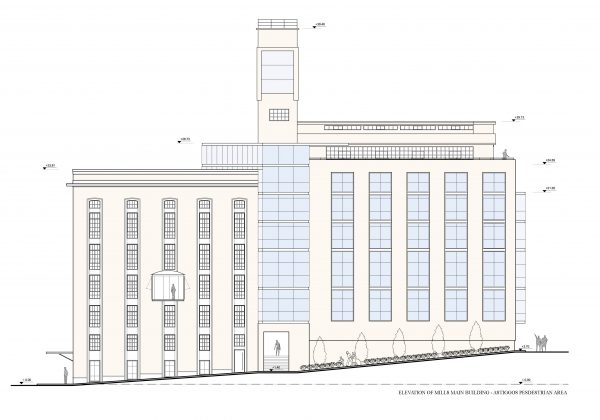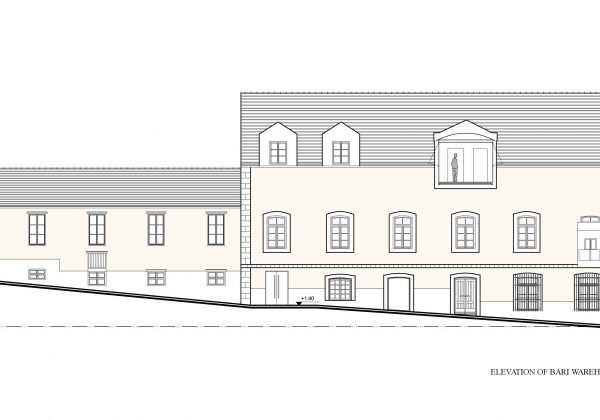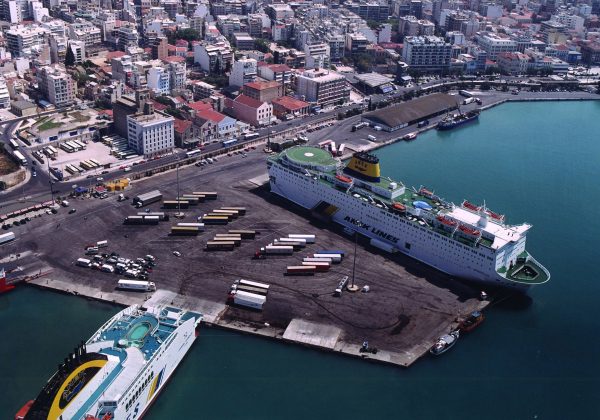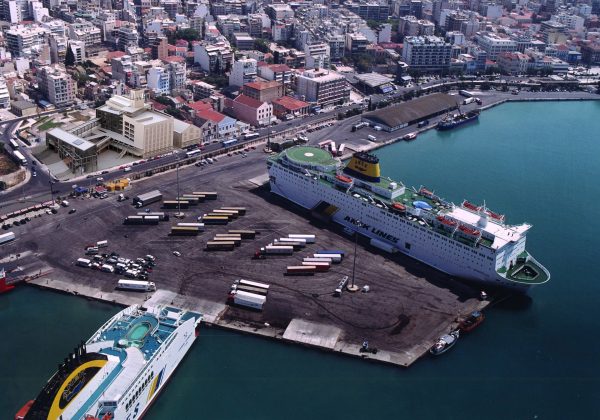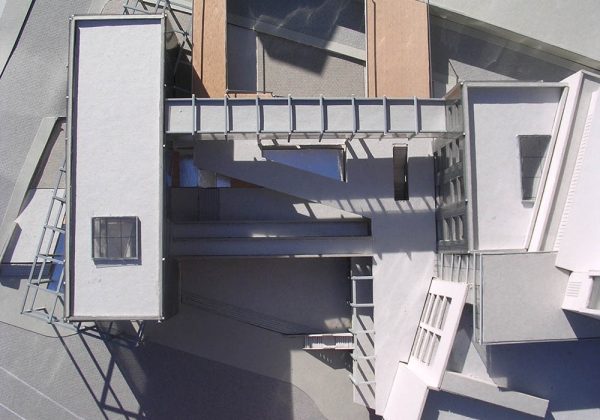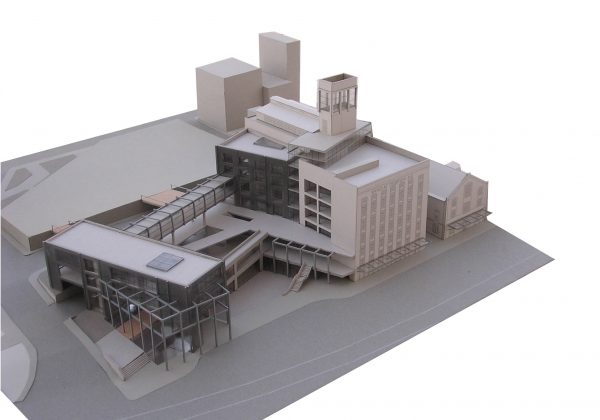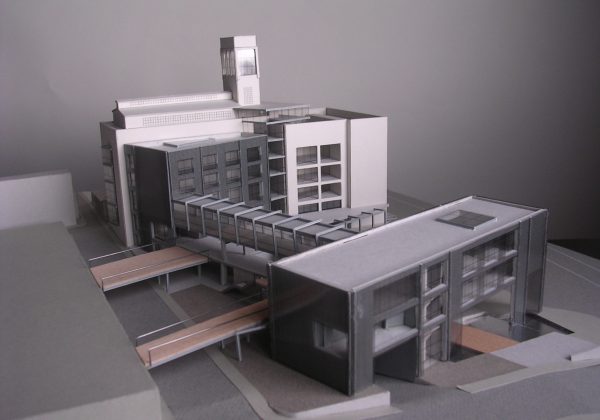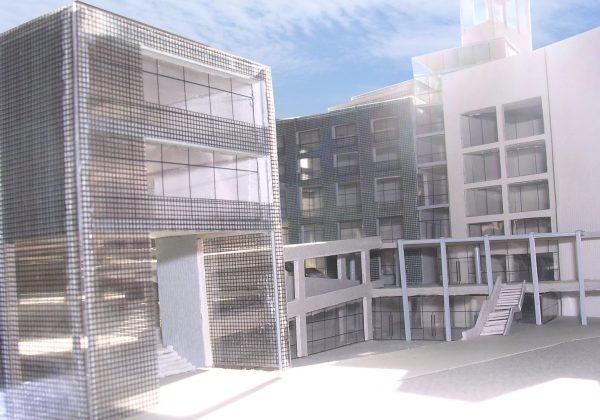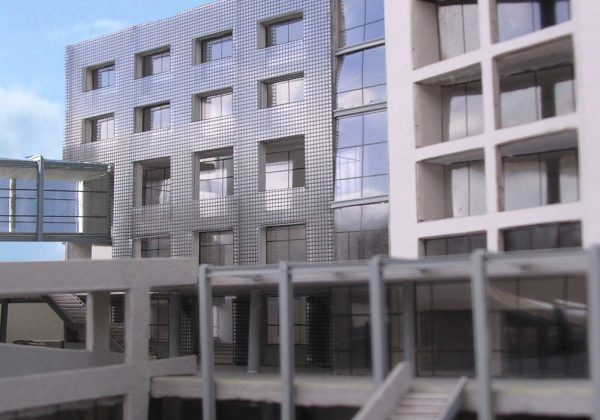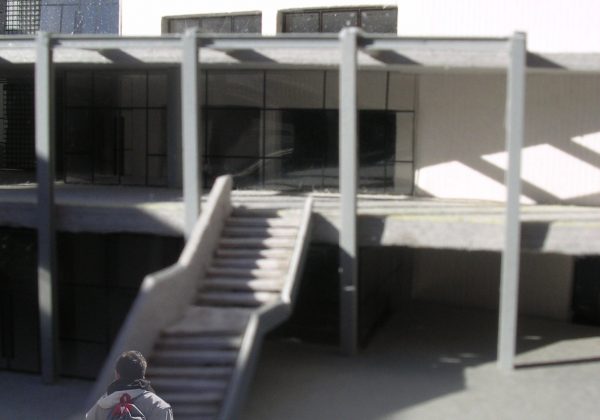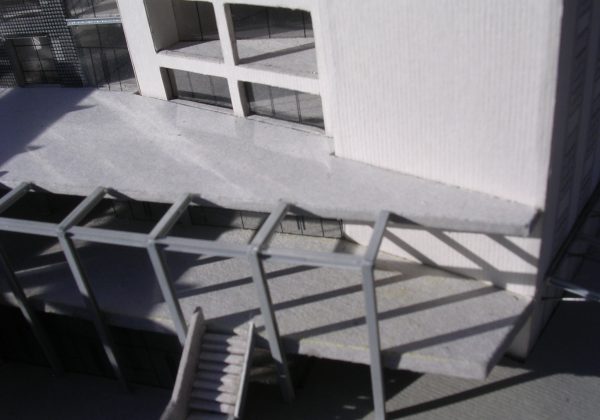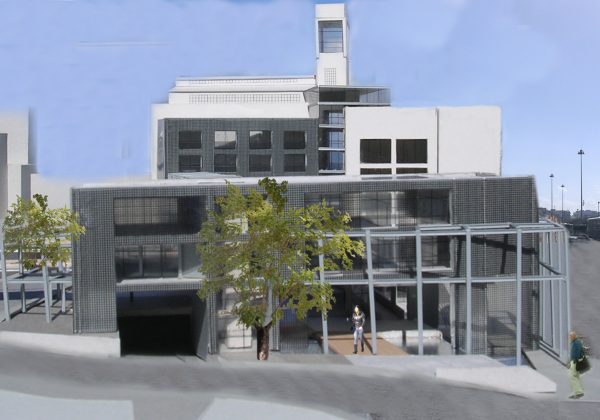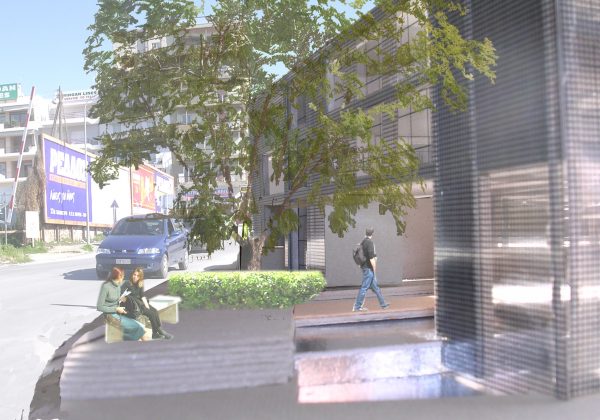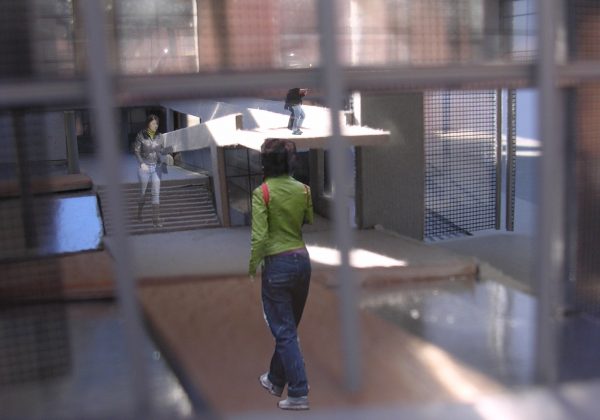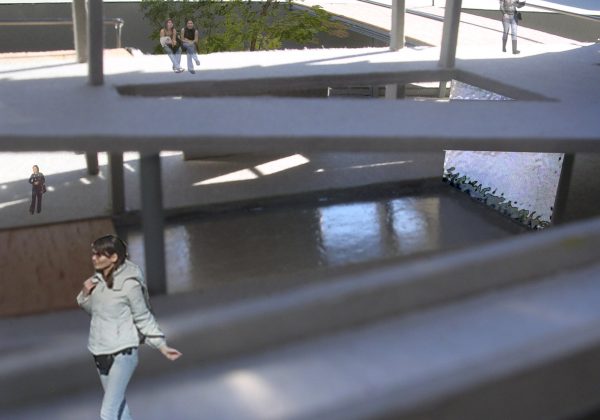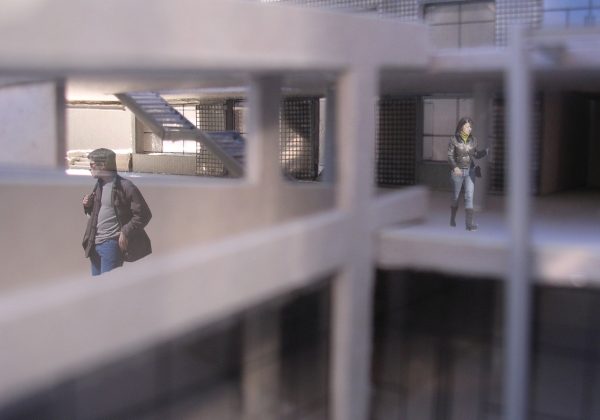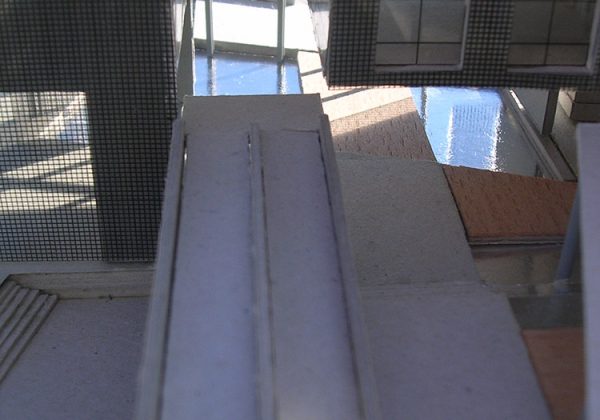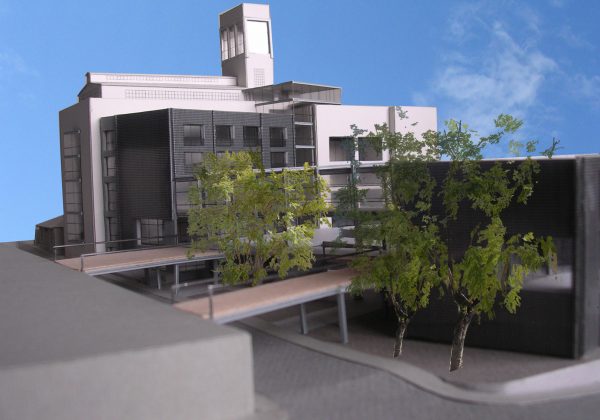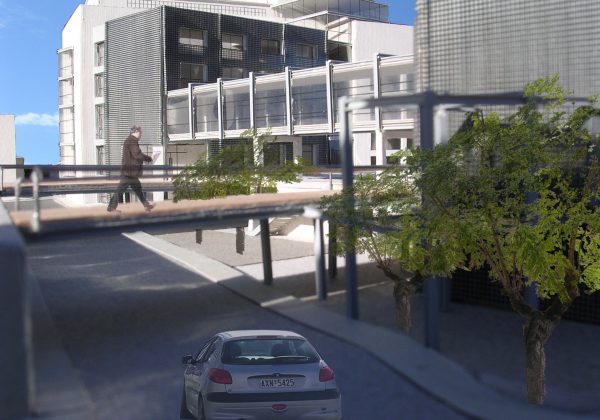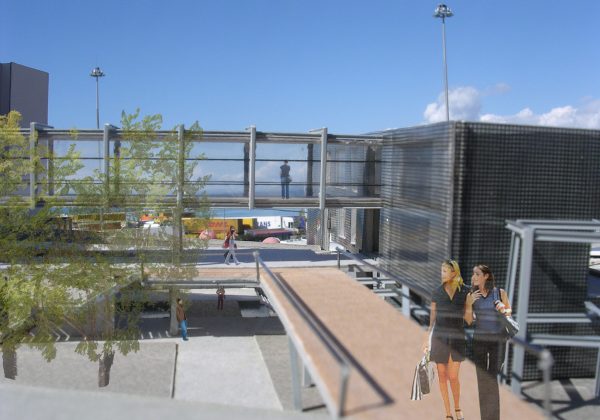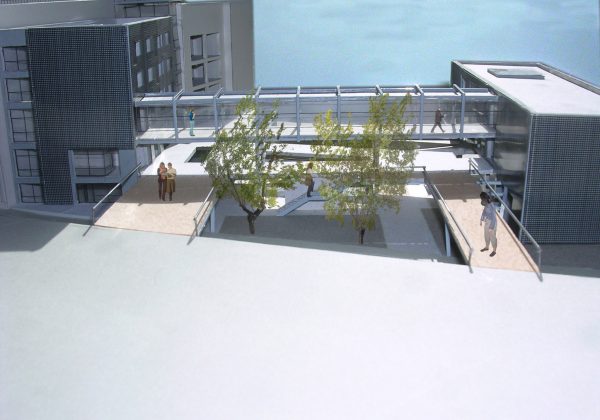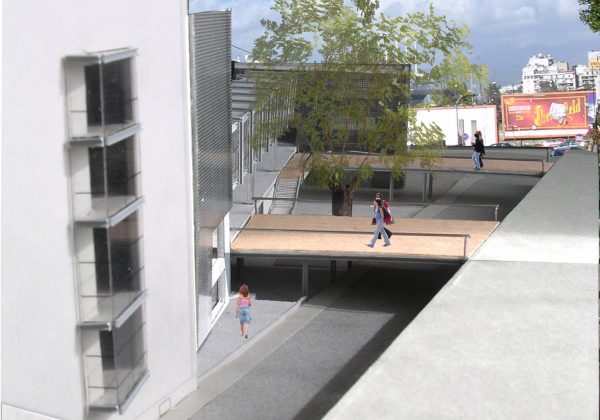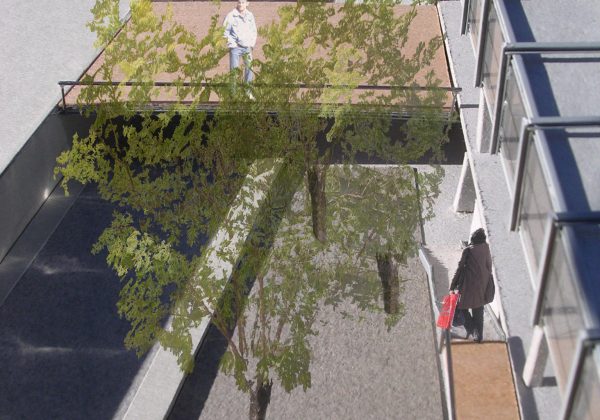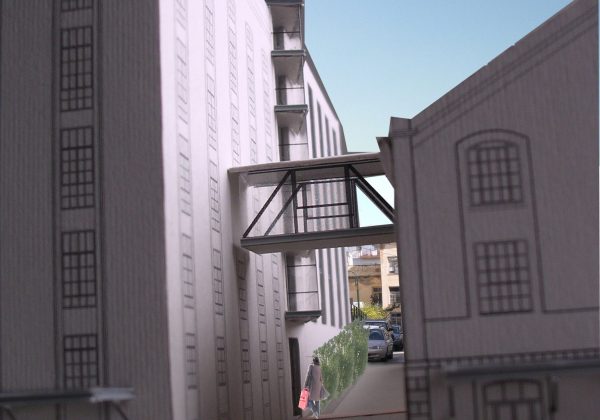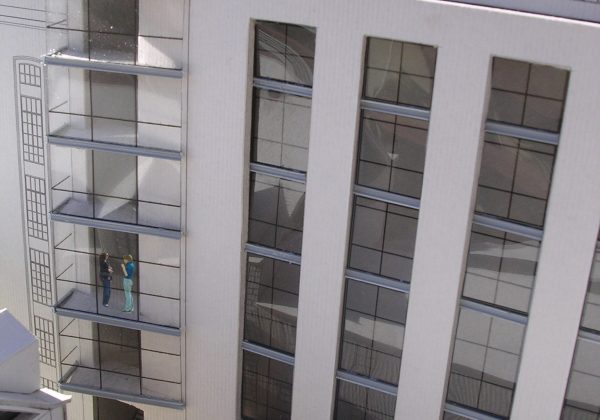

Dissertation Project
Reuse & Extension of the old Industrial complex of St. George’s Mills in Patras
Youth Hostel & Leisure Centre
University of Patras-School of Engineering
Department of Architecture
Academic Year: 2004-2005,10th Semester
Architectural studio No# 10
Supervisor: Petros Koufopoulos
Cosultant: Dimitris Katzourakis
Team members: Kyratso Kaskampa, Maro Makri
Description:
The history:
The flour factory of St. George’s Mills was established in 1936 in Patras when it was settled in the Triantis’ Mills which were located on the coastal highway of Othonos- Amalias, an area with an intense industrial development since the mid l9thC.
St. George’s Mills was formerly constituted by five buildings along with auxiliary spaces equipped with modern machinery and covered an area of 2000m2 on the junction of the Othonos-Amalias highway and the roads of Astiggos and Santaroza. The four edifices are:
a) The six-storey building of the Mills is situated on the junction of the roads Othonos-Amalias and Santaroza. It was constructed after 1936 as an extension to the existing three-floor stone building which belonged to the Triantis Mills.
b) The three-storey cleaning building, built of reinforced concrete. It is connected to the basic six-storey building of the Mills every second level and is the highest of all the rest of the complex’s buildings. A water tank occupies its last level which was used to supply water to the factory.
c) The silo building where wheat was stored. The characteristic feature of the building is its ‘blind’ elevations.
d) The three-storey stone building situated on the junction of the Othonos-Amalias highway, and the roads Astiggos and Santaroza. It is one of the three identical buildings known as the Bari Warehouses. Before it became a property of the Mills it housed the raisin factory of the l9thC Ambourger Company.
The Context:
The old industrial complex of St. George’s Mills is significant as a landmark of Patras port and its
coastal facade.
- It is located in an intensely touristic area where all the means of transport are gathered.
- It constitutes the first open space that one meets on his entrance to the city through the Othonos-Amalias avenue.
- The main axis of the complex leads to the Astiggos Pier where the embarkement and disembarkement of tourists and merchantise takes place.
- Just recently a new tourist port station has opened on the north of the site.
- Three blocks south to the complex lies the bus station of the city of Patras.
The Concept:
The concept for the new design was motivated by the desire to retain the dominant role of the
old mill and design the new structures in a new axis that would be recognizable from the
visitor.
The existing connecting bridge between the Mill and the Bari Warehouse generated the
idea of incorporating and extending the bridge so that it develops through and connects the whole complex. Consequently, the old building resulted in occupying the central position in the design, having two “satellites” on each of its sides; the older and the modern one.
The exploitation of the natural grading of the ground, the desire to provide a connection
with the adjacent public square which is situated on the block lying opposite the north-east side of the site, as well as the decision to provide adequate public space, led to the creation of several public squares which develop in different levels and along the new axis.
The Addition:
The new building units were integrated into the existing complex in order to accommodate the
uses. The choice for the arrangement and form of the extension buildings was determined by
the number and kind of the new uses. It was influenced by three basic decisions.
- To re-design and enhance the ‘blind’ elevation of the old building of the Mills overlooking the empty site next to the complex.
- To keep the design in the core of the site to low-rise structures which do not impede the visual continuity from the city to the port and Vice-versa.
- To design , the north corner of the site as a 'gate' to the city centre as it is the first point to notice when we enter into the city.
